As someone who’s navigated the industrial equipment sector for over 15 years, I’ve helped numerous manufacturers and distributors bring cutting-edge tools like laser rust removal machines to global markets. These devices, which use high-energy laser beams to clean rust and contaminants from metal surfaces, are in high demand for their precision and eco-friendly operation. But exporting them isn’t as simple as packing a crate and shipping it overseas. I’ve seen companies stumble over complex regulations, costing them time, money, and reputation. The question I’m often asked is: What standards must these machines meet for export? Drawing from my experience with international trade and laser technology, I’ll walk you through the key standards, certifications, and practical steps to ensure your machines clear customs and thrive in foreign markets.

Why Export Standards Matter
When I first started working with industrial equipment exports, I underestimated the maze of regulations involved. A client once shipped a batch of laser cleaners to Europe, only to have them held at customs for lacking the CE marking. The delay cost thousands in storage fees and nearly lost them a major contract. That experience taught me that compliance isn’t just paperwork—it’s the key to smooth market entry and customer trust. For laser rust removal machines, standards cover safety, electromagnetic compatibility, environmental impact, and market-specific requirements. Let’s dive into the core standards you’ll encounter and how to address them.
Key Standards for Exporting Laser Rust Removal Machines
1. International Safety Standards (IEC and ISO)
Laser rust removal machines are classified as laser equipment, and safety is a top priority due to the high-energy beams they emit. The International Electrotechnical Commission (IEC) and International Organization for Standardization (ISO) set global benchmarks for laser safety.
IEC 60825-1: This standard governs the safety of laser products, classifying lasers from Class 1 (safe under normal conditions) to Class 4 (hazardous, like most rust removal lasers). It requires features like interlocks, warning labels, and user manuals detailing safe operation.
What I’ve seen: Most 100W-2000W laser rust removers are Class 4, necessitating protective eyewear and restricted access zones. I worked with a manufacturer who retrofitted interlocks to meet IEC 60825-1, avoiding a costly recall in Japan.
My insight: Ensure your machine’s laser class is clearly documented and includes safety features like emergency stops. Provide multilingual manuals to comply with global requirements.
ISO 11553-1: This standard focuses on safety for machinery using lasers, emphasizing risk assessments and protective measures for operators.
My insight: Conduct a risk assessment during design and include it in your technical file. This saved a client in Australia from a regulatory audit penalty.
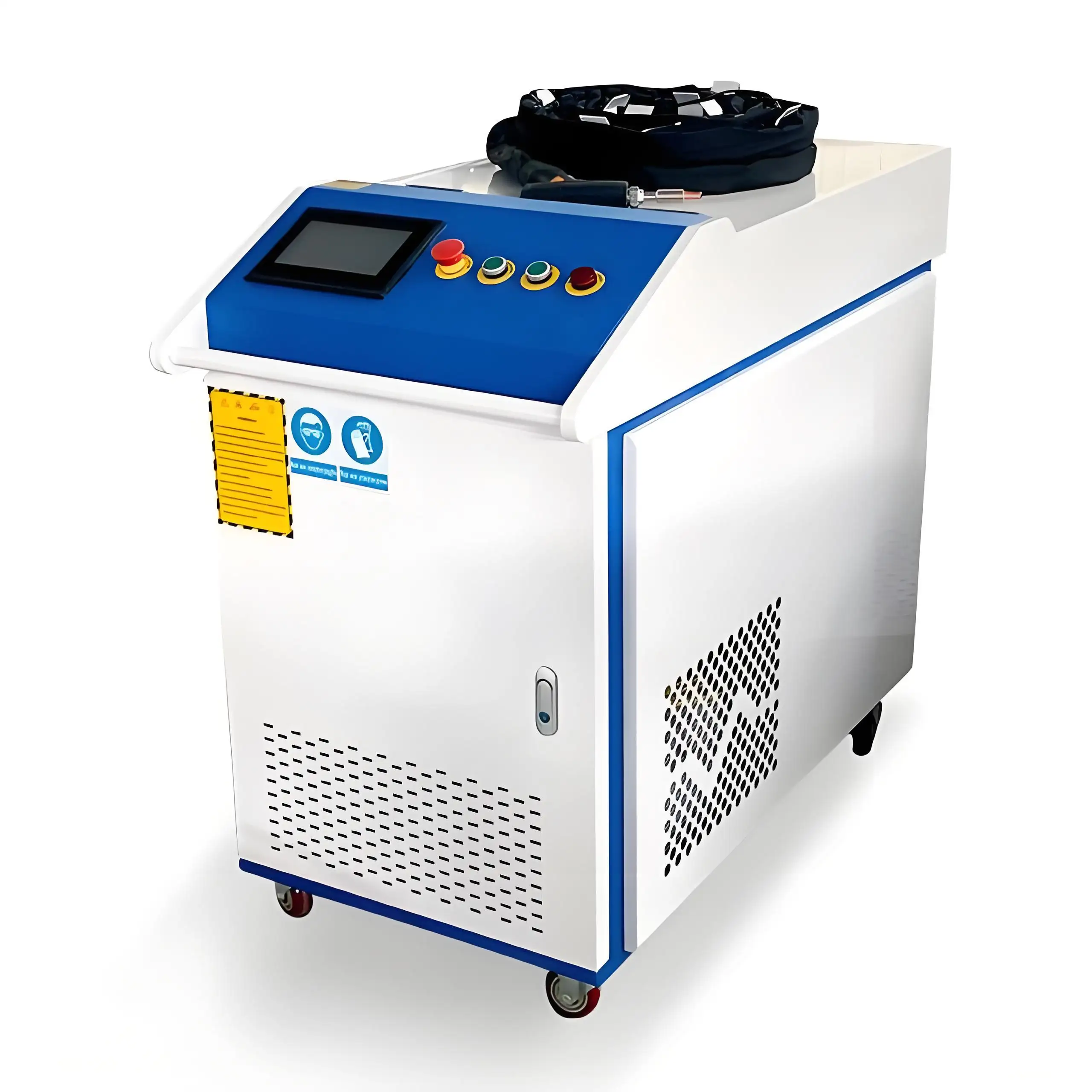
2. Regional Market Certifications
Each major market has its own certification requirements, which can feel like navigating a labyrinth. Here are the most critical ones:
CE Marking (European Union): Mandatory for the EU, the CE mark indicates compliance with directives like the Machinery Directive (2006/42/EC), Low Voltage Directive (2014/35/EU), and Electromagnetic Compatibility Directive (2014/30/EU). It covers mechanical safety, electrical safety, and interference with other devices.
What I’ve seen: A client exporting to Germany had their 500W laser rejected for lacking an EMC test report. We hired a notified body to certify compliance, which took three months but secured the sale.
My insight: Work with a European notified body early to compile a technical file, including test reports and declarations of conformity. Budget $5,000-$15,000 for CE certification.
FDA Compliance (United States): The U.S. Food and Drug Administration regulates laser products under 21 CFR 1040.10. Manufacturers must submit a product report and register with the FDA’s Center for Devices and Radiological Health (CDRH).
My insight: File your FDA report before shipping to avoid customs delays. I’ve seen shipments held for weeks due to missing accession numbers.
CCC Certification (China): The China Compulsory Certification is required for certain laser equipment entering China. It involves factory audits and product testing for safety and EMC.
My insight: Partner with a local agent to navigate CCC’s complex process. One client saved months by leveraging an experienced consultant in Shanghai.
Other Markets: Countries like Australia (RCM mark), Japan (PSE mark), and Canada (CSA certification) have their own standards. Research market-specific requirements early.
What I’ve seen: A client exporting to Australia overlooked the RCM mark, leading to a $10,000 fine. We resolved it by retroactively certifying the machines.
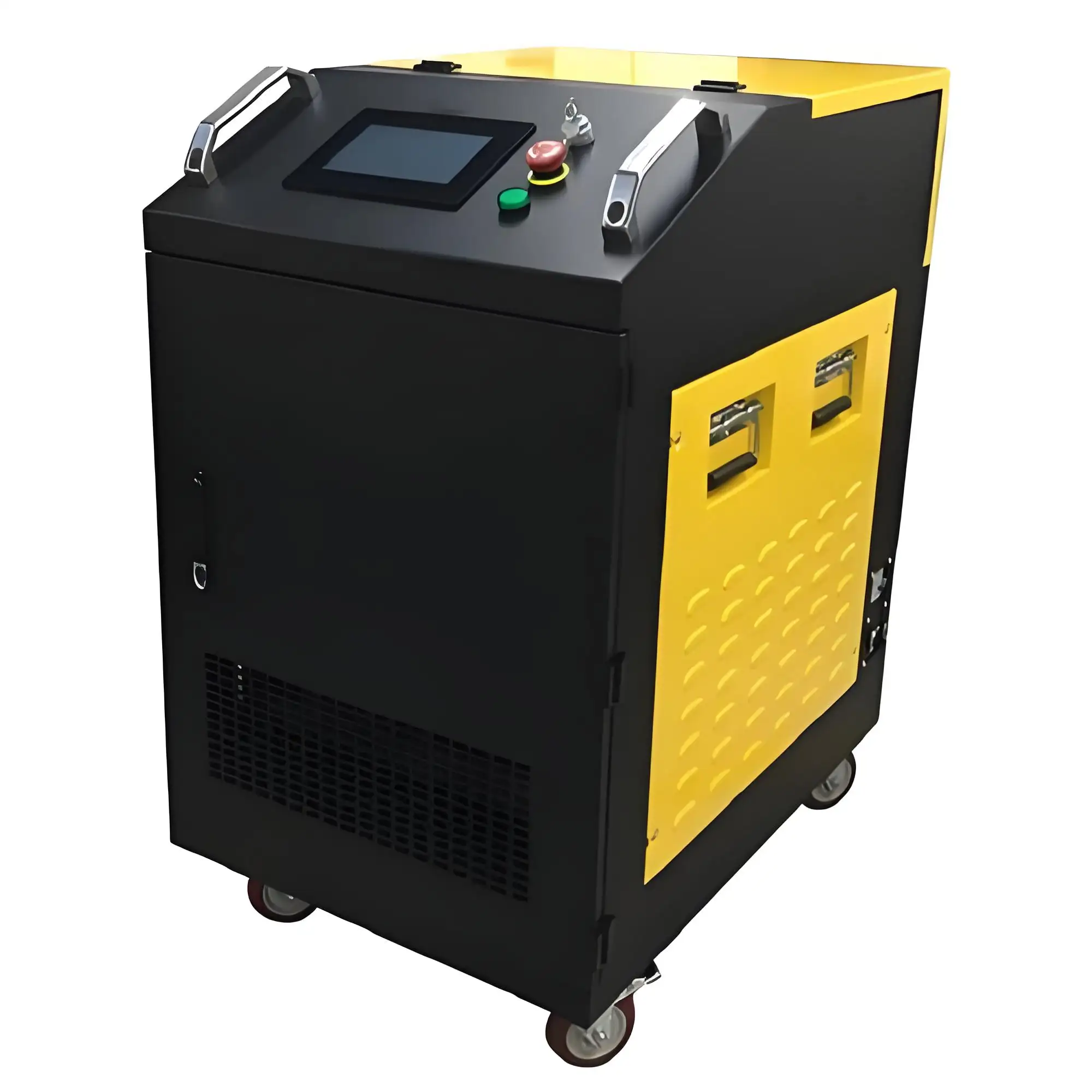
3. Electromagnetic Compatibility (EMC)
Laser rust removal machines use high-power electronics, which can interfere with nearby devices if not properly shielded. EMC standards ensure they don’t disrupt radios, medical equipment, or other electronics.
IEC 61000 Series: This set of standards tests for electromagnetic emissions and immunity. For example, IEC 61000-6-4 covers emissions in industrial environments, while IEC 61000-6-2 ensures immunity to external interference.
What I’ve seen: In a UK project, a 1000W laser caused radio interference at a nearby facility. We added shielding to pass IEC 61000-6-4, resolving the issue.
My insight: Conduct EMC testing during development to avoid costly redesigns. Labs charge $2,000-$5,000 per test, so budget accordingly.
4. Environmental and Material Standards
Exporting laser rust removal machines also involves complying with environmental regulations, especially for hazardous substances and waste.
RoHS Directive (2011/65/EU): The Restriction of Hazardous Substances directive limits substances like lead, mercury, and cadmium in electronics. It’s mandatory for the EU and often expected in other markets.
My insight: Verify that your components (e.g., circuit boards, cables) are RoHS-compliant. I’ve seen suppliers provide fake certificates, so test critical parts independently.
REACH Regulation (EC 1907/2006): This EU regulation governs chemicals in products. Manufacturers must declare substances of very high concern (SVHC) in their machines.
What I’ve seen: A client exporting to France nearly faced penalties for missing SVHC declarations. We compiled a REACH dossier to resolve it.
My insight: Maintain a bill of materials (BOM) with supplier declarations to streamline REACH compliance.
WEEE Directive (2012/19/EU): The Waste Electrical and Electronic Equipment directive requires producers to manage end-of-life disposal in the EU.
My insight: Register with a WEEE compliance scheme in each EU country you sell to. Fees vary but start at €500 annually.
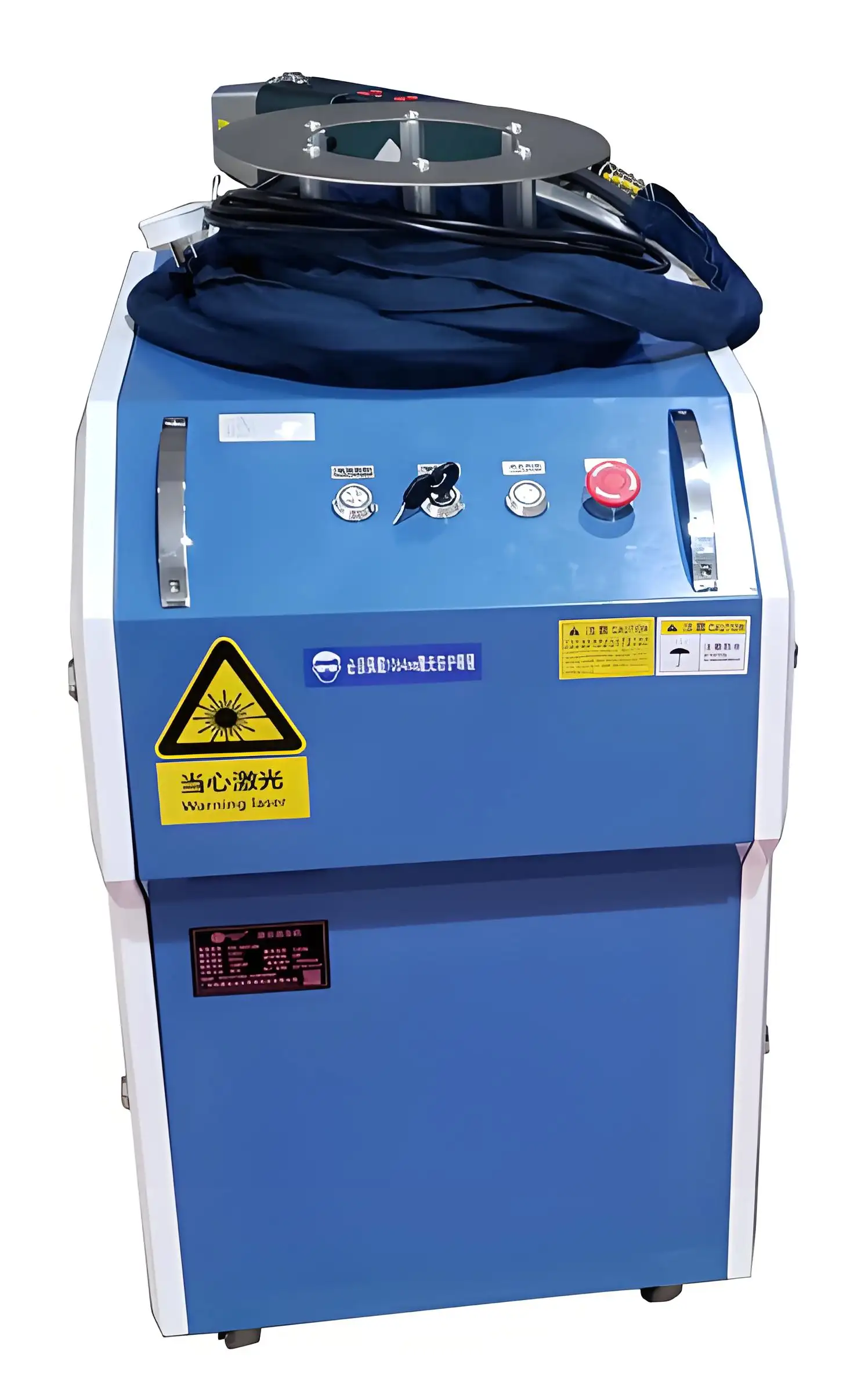
5. Packaging and Labeling Standards
Proper packaging and labeling are often overlooked but critical for export. Standards ensure safe transport and clear communication with customs.
UN38.3 (Battery Safety): If your machine includes lithium-ion batteries (e.g., in portable units), it must pass UN38.3 tests for transport safety.
What I’ve seen: A shipment to Singapore was delayed because a 200W handheld laser’s battery lacked UN38.3 certification. We resolved it by air-shipping a test report.
My insight: Test batteries early and include certificates in your shipping documents.
IPPC ISPM 15 (Wood Packaging): Wooden crates or pallets must be heat-treated or fumigated to prevent pest spread, marked with an IPPC stamp.
My insight: Use certified wood suppliers to avoid customs rejections. I’ve seen shipments returned for missing stamps.
Labeling Requirements: Labels must include the machine’s model, voltage, laser class, country of origin, and safety warnings in the destination language.
What I’ve seen: A client’s shipment to Brazil was held for Portuguese warning labels. We reprinted and airmailed them to clear customs.
Table: Key Export Standards for Laser Rust Removal Machines
Here’s a summary of the critical standards based on my experience exporting these machines globally:
| Standard/Certification | Region | Key Requirements | Why It Matters |
|---|---|---|---|
| IEC 60825-1 | Global | Laser safety, interlocks, warning labels | Ensures operator and bystander safety |
| CE Marking | EU | Machinery, LVD, EMC compliance | Mandatory for EU market entry |
| FDA Compliance | USA | Product report, CDRH registration | Required for U.S. customs clearance |
| RoHS/REACH | EU, Global | Hazardous substance limits, SVHC declarations | Protects environment, ensures compliance |
Practical Steps to Ensure Compliance
Exporting laser rust removal machines can feel daunting, but I’ve developed a process to streamline compliance based on years of trial and error:
Research Target Markets: Identify the specific standards for each country (e.g., CE for EU, FDA for USA). Check trade agreements for exemptions or simplified processes.
Engage a Testing Lab: Work with accredited labs (e.g., TÜV, UL) to test for safety, EMC, and environmental compliance. Expect costs of $5,000-$20,000 per market.
Compile a Technical File: Document design, test reports, risk assessments, and declarations of conformity. This is critical for CE and other certifications.
Partner with Local Agents: In markets like China or Brazil, local consultants navigate language barriers and regulatory nuances. I’ve saved clients months by leveraging local expertise.
Verify Supply Chain: Ensure components meet standards like RoHS. I once traced a non-compliant circuit board to a supplier, avoiding a recall.
Prepare Shipping Documents: Include certificates, test reports, and multilingual labels. Use a freight forwarder experienced in industrial equipment to handle customs.
Budget for Compliance: Certification, testing, and consulting can cost $10,000-$50,000 per market, depending on machine complexity and target regions.
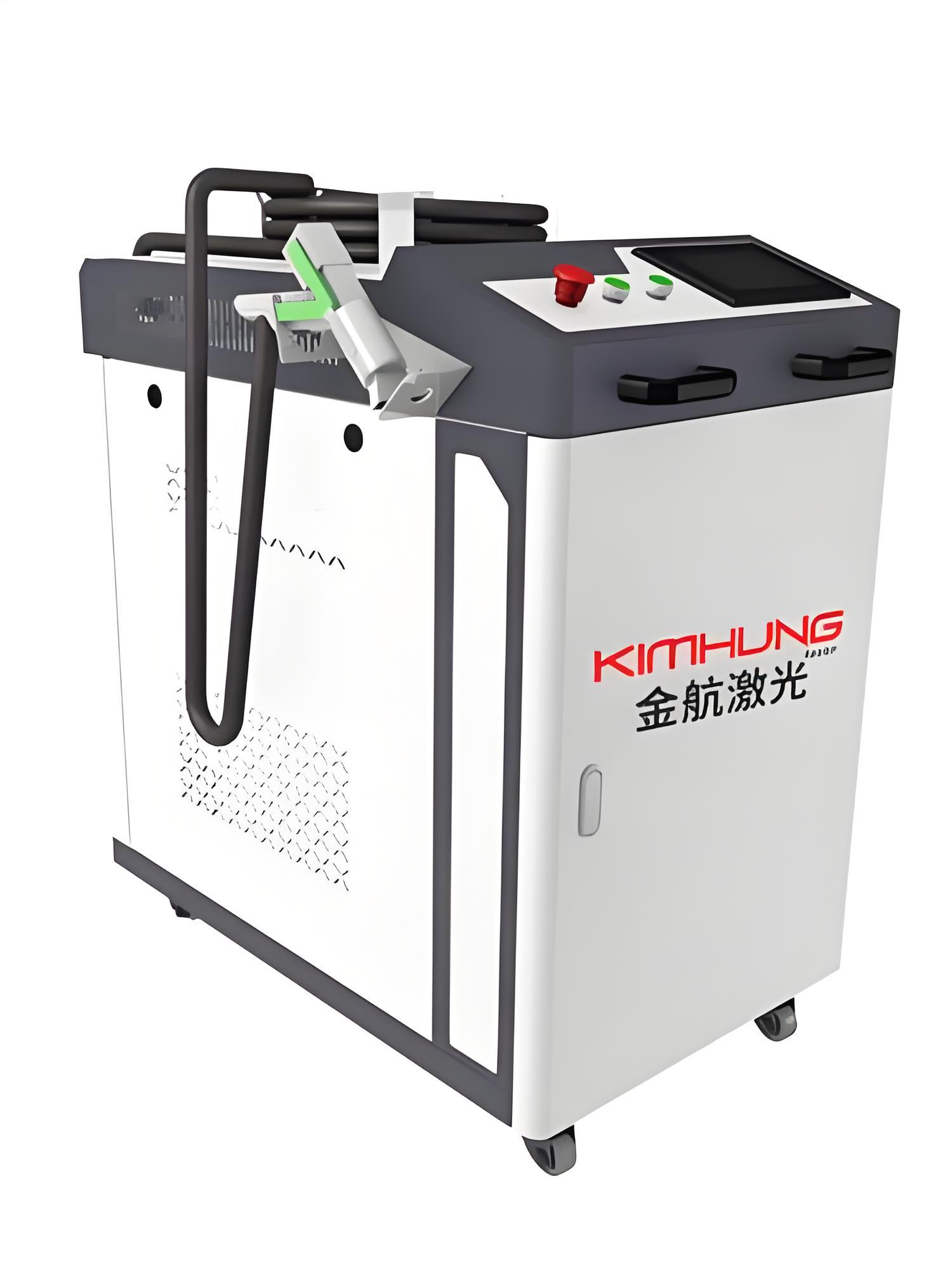
Common Pitfalls to Avoid
Over the years, I’ve seen exporters make avoidable mistakes:
Assuming One-Size-Fits-All: A machine compliant in the EU may not meet U.S. FDA requirements. Tailor compliance to each market.
Skipping Testing: Some manufacturers rely on supplier claims without independent verification, risking rejections. I’ve seen this cost a client $30,000 in rework.
Ignoring Labeling: Missing or incorrect labels (e.g., wrong language) can delay shipments. Always double-check market-specific requirements.
Underestimating Costs: Certification fees, testing, and customs duties add up. Budget 10-20% of the machine’s value for compliance.
Neglecting After-Sales: Some markets require local service centers or spare parts availability. Plan for post-sale support to avoid regulatory issues.
My Personal Experience: A Close Call in Brazil
A few years ago, I helped a manufacturer export 1000W laser rust removers to Brazil for a shipyard project. We meticulously prepared for CE-equivalent standards (Brazil accepts some EU certifications) and IEC 60825-1 compliance. But we overlooked Brazil’s INMETRO certification, which required local testing for electrical safety. The shipment was held at customs for six weeks, racking up $15,000 in fees. We scrambled to find a local lab, flew in test samples, and secured INMETRO approval just in time to save the deal. That taught me to always research local regulations, no matter how similar they seem to global standards.

Navigating Market-Specific Challenges
Different markets present unique hurdles. Here’s what I’ve learned:
EU: The CE process is rigorous but standardized. Focus on EMC and machinery safety. Notified bodies streamline compliance but take 2-6 months.
USA: FDA reporting is straightforward but requires precise documentation. Customs Service (CBP) may inspect for laser safety compliance.
China: CCC certification involves factory audits, which can delay exports by 3-6 months. Local partners are invaluable.
Emerging Markets: Countries like India or Mexico may accept IEC standards but require local registrations. Expect bureaucratic delays.
Final Thoughts on Export Compliance
Exporting laser rust removal machines is a complex but rewarding endeavor. Compliance with IEC 60825-1, CE marking, FDA regulations, and environmental standards like RoHS ensures your machines reach global customers without hiccups. My years in the industry have shown that preparation—researching markets, testing early, and partnering with experts—pays off in smooth customs clearance and satisfied clients.
Before you ship, consult with certification bodies, freight forwarders, and local agents to cover all bases. Request demos or case studies from manufacturers like CleanLASER or Laserax to understand how their machines meet export standards. With the right approach, you can tap into the growing global demand for laser cleaning technology while staying compliant.
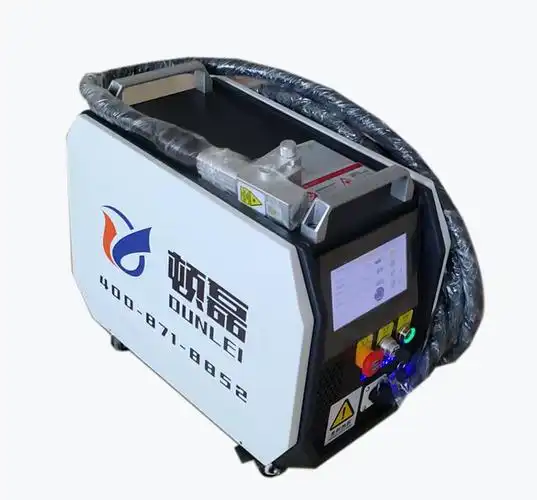
Related Questions and Answers
Q: How long does it take to certify a laser rust removal machine for export?
A: Certification timelines vary: CE marking takes 2-6 months, FDA reporting 1-2 months, and CCC for China 3-12 months. Start early and work with accredited labs to avoid delays.
Q: Can I use EU CE certification for other markets?
A: Some countries (e.g., Australia, Brazil) accept CE as a baseline, but others (e.g., USA, China) require separate certifications like FDA or CCC. Always verify local requirements.
Q: What are the costs of export compliance for laser rust removers?
A: Expect $5,000-$20,000 per market for testing and certification, plus $1,000-$5,000 for consulting or local agents. Complex markets like China may cost more due to audits.
Q: Do I need to translate manuals for export?
A: Yes, most markets require user manuals and labels in the local language (e.g., Portuguese for Brazil, Chinese for China). Non-compliance can lead to customs rejections.
Q: How do I find reliable testing labs for export standards?
A: Look for labs accredited by ILAC members (e.g., TÜV, UL, SGS). Manufacturers like P-Laser often recommend trusted labs. I’ve found local trade associations helpful for referrals.






